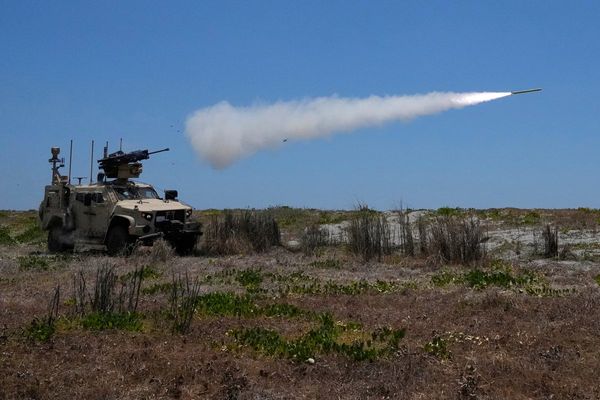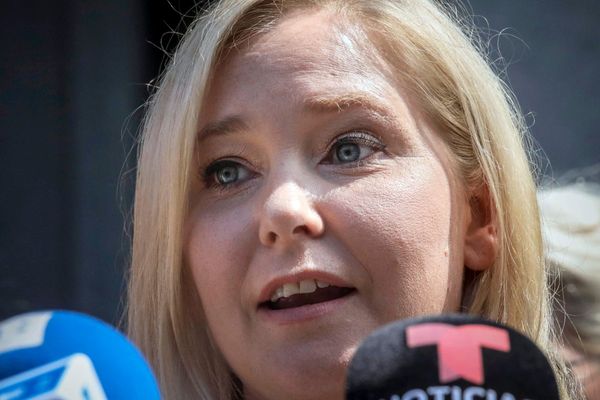Dubbed the Gulf of New Spain by the conquistadors, the vast body of water that borders Texas and four other U.S. states has been given numerous names by locals and early explorers including the North Sea and the Seno Mexicano, according to John S. Sledge, an Alabama author and historian who wrote a book about the Gulf’s storied history. But some four to five centuries ago, mapmakers began to use the name we know today: Gulf of Mexico or Golfo de México—drawn, like the country’s name, from the Indigenous Nahuatl language.
Now by presidential decree, Donald Trump has ordered it to be rebranded as “the Gulf of America.” In Trump’s long list of executive orders, this oddity came as something of a surprise, prompting some Gulf Coast residents to pose questions like: Can he do this? And if so, will it cause chaos? The answer is both yes and no, Sledge and others said.
Trump can order all federal agencies—even the National Hurricane Center—to use the new name in documents, websites, and future maps. And he can work through Congress, the Secretary of the Interior, and an obscure entity called the U.S. Board on Geographic Names to rebrand major landmarks. But state and local officials can do whatever they like with their own maps, signs, and charts, and officials may use competing terms even in advisories or orders to evacuate whenever a hurricane strikes.
In fact, most of the Gulf of Mexico is international waters, and the International Hydrographic Organization, which maintains registries of names, will likely not adopt Trump’s moniker. Mexican and Cuban officials will continue to call it the Golfo de México—in fact, Mexico’s President Claudia Sheinbaum sarcastically quipped in response to the proposed change that she might redub the United States “América Mexicana.”
Sledge, who lives in an Alabama Gulf coast community famous for white sand beaches, said the name the Gulf of Mexico has its own “kind of romantic appeal,” partly because of its accrued history, featuring tales of bold pirates, explorers, shipwrecks, sea battles, and ultramodern oil drilling. “It’s important to think about it as a shared resource,” he added. “We have a tremendous amount of natural resource extraction of oil and gas and of seafood. But Cuba and Mexico depend on it as well.”
Because of pollution threats, global warming, and its economic importance, the Gulf of Mexico is one of the world’s most studied bodies of water, featured in some 30,000 recent academic publications. It’s been described as “a sort of ocean in a bowl” and a place in which “more toxic waste is released … than into any other significant US coastal water body.”
Given those threats, Jen Duggan, executive director of the Environmental Integrity Project, offered an alternative initiative for Trump. “Instead of changing the name of the Gulf of Mexico, President Trump should be taking action to protect this incredible resource, which has significant cultural, ecological, and economic value to communities that live along its coast,” she wrote the Texas Observer. “But Trump has done just the opposite. His executive orders aim to make it easier to fast-track polluting fossil fuel projects that exacerbate the climate crisis and put Gulf Coast communities at risk.”
President Trump entitled his order “Restoring Names that Honor American Greatness.” But the proposed “Gulf of America” appears to be a modern political invention, Sledge said. For those who’d prefer to return to white American roots—say, 1492 or so—there’s another option, Sledge said.
When Columbus sailed into what we call the Gulf of Mexico, he believed he’d discovered a new route to Asia. “He went to his grave thinking Cuba was actually some sort of peninsula, an extension of Asia, and some of those early explorers after Columbus called it the Chinese Sea,” Sledge said. “So we could always go back to that.”








